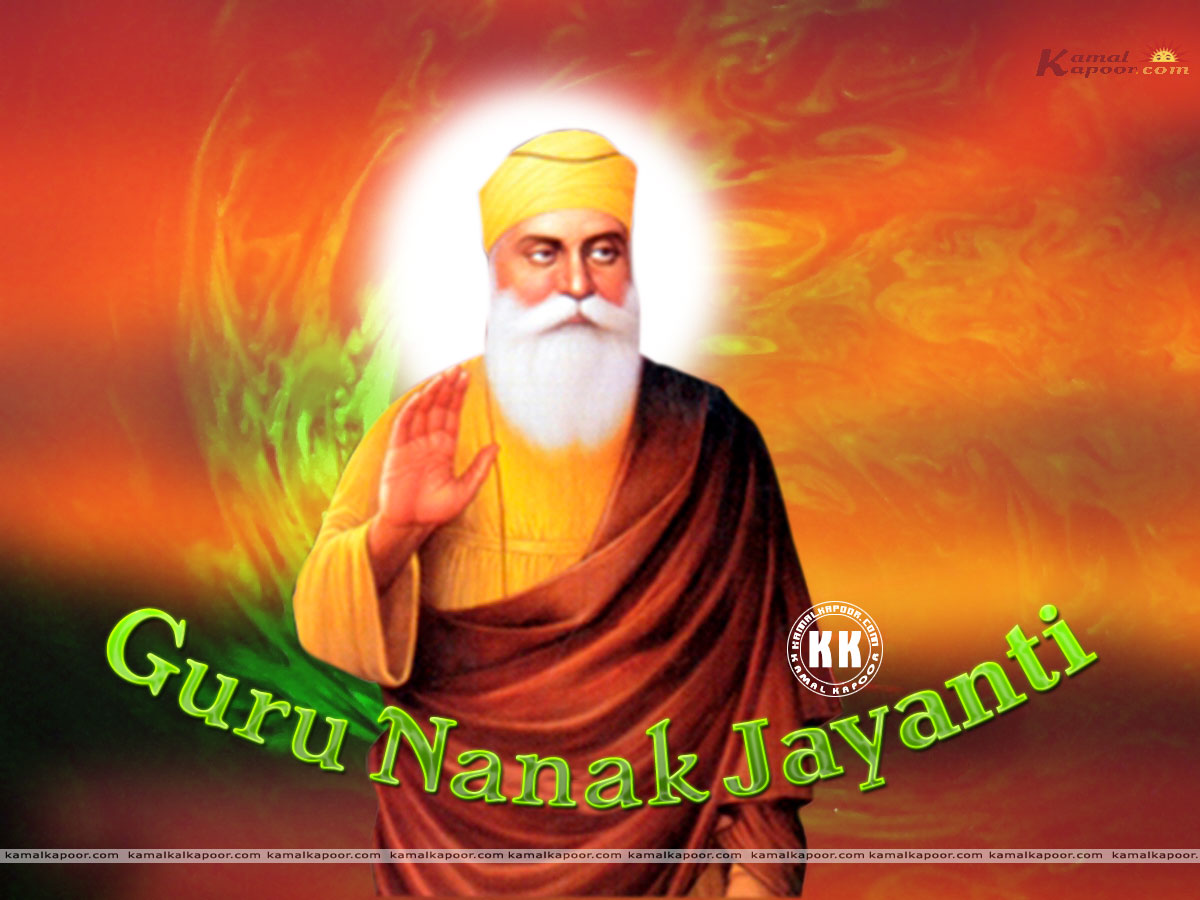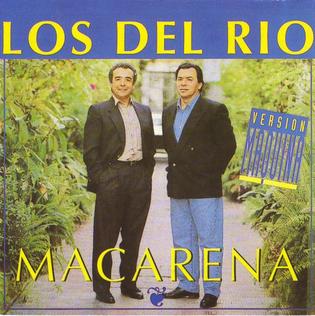Considering the astounding volume of online commentary dedicated to yesterday's horrific school shooting in Newtown Connecticut, I don't care to further clog cyberspace with my own views. I simply want to point out an aspect of this shooting which nobody seems to be talking about, which is hardly surprising given that it is pretty much guaranteed to go unmentioned every time something horrible like this happened.
Every time you have a horrific incident like this, media coverage always seems to follow the same old script: outpouring of grief followed by outrage, whereupon public opinion is predictably divided into ideological camps, with left-leaning gun control advocates on one side and right-wing law-and-order types on the other, with a sprinkling of religious nutjobs who blame atheism and lack of school prayer for the incident. Then as more information comes to light you get the blaming of parents, teachers and other authority figures as well as video games, death metal and fatty foods. And then it subsides, the NRA digs in its heels and nothing changes - until the next horrible incident takes place. Wash, rinse, repeat.
The left-wing argument typically goes something like this: that incidents like this take place because assault rifles are more accessible than mental health care (not that I disagree with this assertion). The right-wing rebuttal typically asserts that guns are not the problem, the people are the problem, and that if the killer in question didn't have access to a gun they would just choose another weapon. This argument of course shoots itself in the foot because, as the school stabbing spree in China's Henan province that took place on the same day indicates, psychotic individuals with an intent to kill are rather less likely to success when they aren't armed with an M-16 assault rifle. The 22 Chinese children attacked are, while doubtless deeply traumatized, still alive.
But aside from this rather obvious (to my mind) point, there's another issue here - and one that's scarcely been addressed. School shootings have been so frequent over the course of US history that they have their own dedicated Wikipedia page. And in every single instance, without any exception I've found (although I didn't read every single entry in detail), the killer or would-be killer was male. Consider virtually every other massacre that springs to mind: 9/11, Oklahoma City, Virginia Tech, Jonestown, Nanjing. Men. And yet nobody sees fit to point out this rather obvious common thread. Many observers made a big deal of the fact that 15 of the 19 9/11 hijackers were Saudi citizens. Nobody that I can recall bothered to point out that 19 out of 19 were male.
It seems like too obvious a point to make, except for the fact that nobody seems to be making it. Why do we accept the fact that it is almost invariably men who carry out acts of violence? Why have we somehow politely accepted this as an invariable fact of life. Even if it's true that men are somehow biologically hardwired for violence, why are we not looking for ways to genetically engineer this violent streak out of our gene pool? Why is male violence not placed on equal par with other afflictions such as HIV and cancer, with vast sums of money dedicated to its eradication? Truth is, male violence remains to varying degrees across the globe socially accepted and even celebrated - until it reaches its logical conclusion, as it graphically did yesterday in Newtown.
I don't have any answers to this problem. I really don't. But I think it's high time we started questioning our society's passive, accepting attitude towards male violence. We ask tough questions about the role religions (especially Islam), cultural institutions, parenting styles and the structure of our economies and societies. Why are we not asking serious questions about the one common thread in 99.9 percent of killing sprees and outbreaks of violence?
In the meantime, my heart goes out to the victims of the Newtown shootings and their families, whose grief I cannot even begin to fathom. Peace be with every single one of them.





















